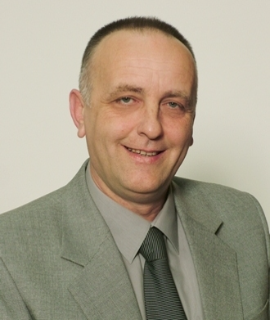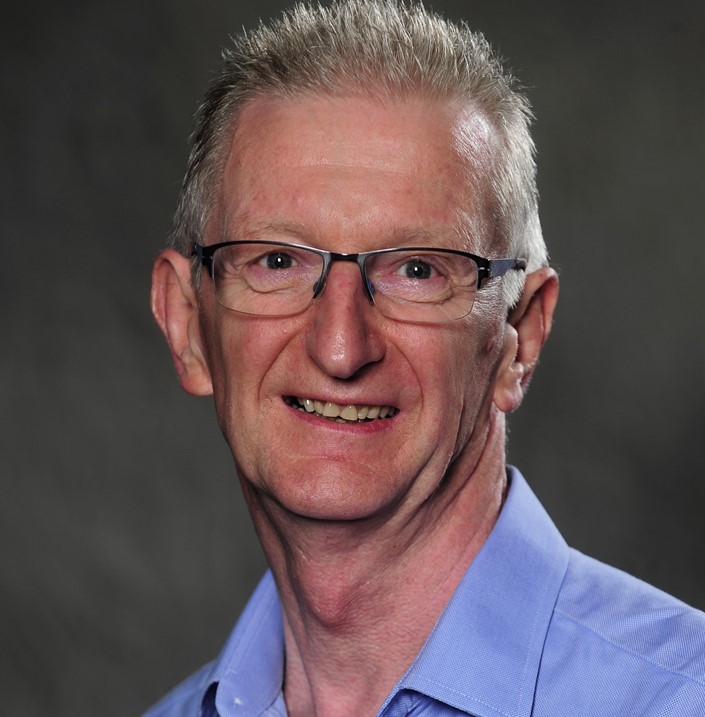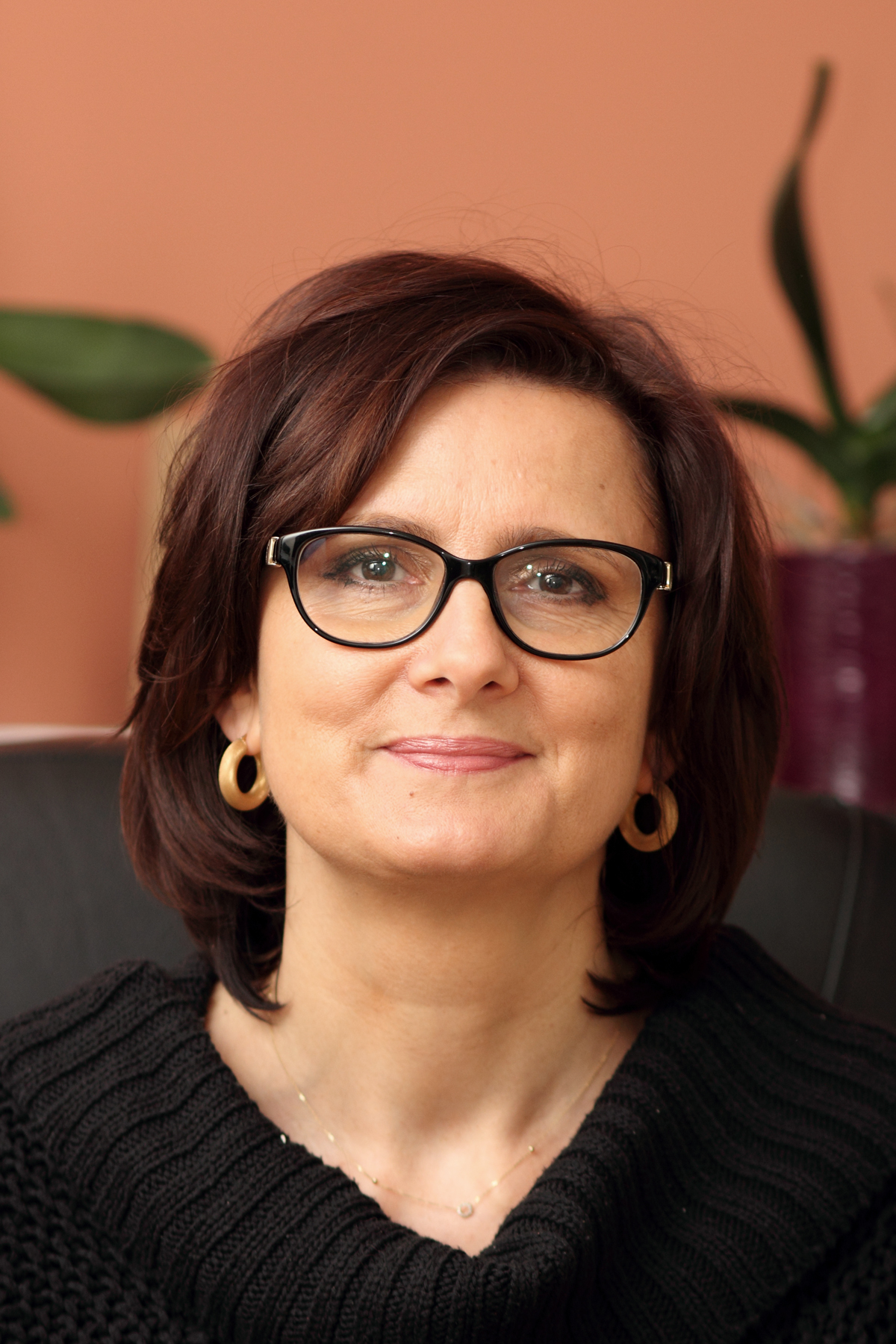About Conference
Conference Series LLC Ltd is hosting the “Global Summit Pulmonary Diseases & Treatment” on November 24-25, 2022 Dubai, UAE, The Pulmonology Conference is based on the theme "Revolutionizing Respiratory Care: Breath Well, Live Healthy".
PULMONOLOGY-2022 will bring together pulmonologists and Respiratory Medicine experts from around the world to discuss the latest developments in respiratory disease screening, diagnosis, treatment, and management. COPD, Asthma, Allergy, cystic fibrosis, pneumonia, tuberculosis, emphysema, Lung Cancers, complicated chest infections, pulmonary fibrosis, Sleep Apnea, Interstitial lung disease, Lung nodules chronic cough, Influenza, mycobacterial infection, Pediatric Pulmonary, Bronchiectasis, and Critical Care, to name a few. The main goal is to improve physicians' clinical expertise in order to better care for and treat respiratory patients.
This Pulmonology and Respiratory Care Congress features well-organized scientific sessions, plenary sessions, oral and poster presentations, one-on-one meetings, networking sessions, e-poster presentations, Young Researcher Forums (YRFs), B2B meetings, International workshops, Symposiums, Industrial sessions, Exhibitor presentations, and more.
The interdisciplinary therapeutic professionals, doctors, and scientists associated with the analysis, treatment-related with the conclusion, treatment, and the executives of respiratory illnesses and unified disciplines are respected by the PULMONOLOGY-2022. This Pulmonology Congress is the greatest venue for Pulmonologists and Respiratory Care Experts to share their experiences and learn about the most recent trends in patient care. Every specialist in the domains of Pulmonology, Respiratory Medicine, Asthma, Emphysema, Tuberculosis, COPD, Lung Diseases, Lung Cancer, Perplexed Chest Infections, and other related fields will be of interest. The Purpose of the Conference on Pulmonology and Respiratory Medicine
Sessions &Tracks
Track 1: Pulmonary rehabilitation
Pulmonary rehabilitation, also known as respiratory restoration, is a comprehensive programmer that restores the health of those who have persistent breathing problems. Individuals with COPD (chronic obstructive pulmonary disease), sarcoidosis idiopathic pneumonic fibrosis, or cystic fibrosis, for example, may benefit from aspiratory recovery. Individuals who require lung medical operations can also benefit from pulmonary restoration, both before and after the procedure. Therapeutic therapy does not take the place of aspiratory recovery.
The patient and a group of human service providers share long-term responsibilities for pulmonary rehabilitation. Specialists, attendants, and masters may be part of the pulmonary restoration team. Respiratory specialists, physical and word-related counselors, dieticians or nutritionists, and analysts or social laborers are examples of masters. Pneumonic rehabilitation is usually done as an outpatient programmer in a clinic or facility.
Track 2: Genetics of Lung Disorders
Lung illness alludes to many kinds of sicknesses or issues that keep the lungs from working appropriately. Lung infection can influence respiratory capacity or the capacity to inhale, just as lung work, which is the way well the lungs work. There are numerous different lung sicknesses, a few of which are brought about by bacterial, viral, or parasitic diseases. Other lung sicknesses are identified with ecological elements, including asthma, mesothelioma, and carcinoma. The persistent lower respiratory ailment might be an assortment of conditions that has constant obstructive pneumonic sickness (COPD), emphysema, and bronchitis. Together, persistent lower respiratory illness is the main source of death in the United States. In other lung conditions, like lung fibrosis, scarring of the lung tissue, which can be brought about by different elements, and pneumonia, a bacterial or viral disease wherein the air sacs load up with liquid, the lungs have a decreased capacity to hold air. Cellular breakdown in the lungs might be a sickness brought about by strange cell development. Albeit most instances of cellular breakdown in the lungs start in the lungs, a few cases start in different pieces of the body and spread to the lungs. The two fundamental sorts of cellular breakdown in the lungs - little cell and non-little cell - develop and spread in various ways, and each type can be dealt with in an unexpected way.
Track 3: Developmental disorders
Neurodevelopmental disorders are a more accurate term for developmental problems. Neurodevelopmental diseases are neurological problems that can make it difficult to learn, retain, or apply certain abilities or sets of information. Attention, memory, perception, language, problem-solving, and social interaction may all be affected. These disorders might be modest and treatable with behavioral and educational interventions, or they can be severe and necessitate additional assistance.
Disorders of the nervous system include
Attention deficit hyperactivity disorder (ADHD) is a type of attention deficit hyperactivity disorder (ADHD).
Autism spectrum disorders (ASDs) are a group of
Dyslexia and other academic impairments are examples of learning disorders.
Intellectual disability
Track 4: Environmental &Occupational Lung Disease
Patients with occupational and environmental lung diseases benefit from The Lung Center's diverse team of specialists, which includes thoracic surgeons, oncologists, pulmonologists, and imaging experts. This teamwork guarantees that patients receive a thorough diagnosis and focused treatment. Any prescribed operation or procedure will be carried out by a board-certified surgeon in coordination with a treatment team that includes nurses and physician assistants who are all trained to care for patients with occupational and environmental lung disorders.
Pulmonologists and thoracic surgeons who specialize in occupational and environmental lung health at the Brigham and Women’s Hospital (BWH) Lung Center provide comprehensive care for patients with occupational and environmental lung diseases.
Track 5: Mediastinal Disease
The mediastinum is the central compartment of the thoracic cavity that is located between the two lungs and between the breastbone and the spine. The mediastinum contains the trachea (windpipe), esophagus (swallowing tube), the heart and its veins and arteries, the thymus, nerves, fat, and lymph nodMediastinal diseases are conditions that arise from tissues in this cavity. They include cancerous tumors (thymomas, lymphomas, germ cell tumors, carcinoids) and noncancerous tumors (lipoma, teratoma), masses, enlarged lymph nodes, and cysts (bronchogenic, pericardial, esophageal). Mediastinal tumors are rare but due to their location can be serious. As they grow, they can cause pressure on the heart, lungs, esophagus, trachea, and spine. Our group of highly trained thoracic surgeons performs a range of procedures to treat mediastinal diseases most of which can be performed minimal Our thoracic surgeons work closely with UT Southwester’s pulmonologists, oncologists, gastroenterologists, chest radiologists, and pathologists to deliver multidisciplinary comprehensive care – all in one location, and usually on the same day.
Track 6: Pulmonary Vascular Disease
Patients with pulmonary vascular disease may benefit from restoration of normal blood gases and alveolar gas composition, as alveolar hypoxia, arterial hypercarbia, and acidosis all increase pulmonary vascular tone. the pulmonary vascular disease carries some risks. Right atrial pressure, pulmonary arterial pressure, pulmonary capillary wedge pressure, systemic blood pressure, and mixed venous saturation should be routinely assessed. Cardiac output is determined by thermodilution or estimated with the modified Fick technique, but measurement rather than estimation of oxygen consumption is recommended. Pulmonary vascular resistance, in Woods units times body surface area, is calculated as mean pulmonary arterial pressure minus pulmonary capillary wedge pressure or left atrial pressure divided by cardiac output. Testing with a short-acting vasodilator allows detection of the remaining potential of reactivity of small pulmonary arteries and arterioles or demonstrates fixed resistance.
Track 7: Neoplasms
The human body is made up of trillions of cells that divide, grow, and die in a predictable pattern. The DNA machinery within the cell strictly regulates and controls this process. The body's cells divide fast during childhood; but, once adults reach maturity, cells only proliferate to replace worn-out and dying cells or to repair wounded cells.
When these cells grow in an aberrant manner that is not coordinated with the surrounding tissue, it is referred to as neoplasia. Because they do not die when they should and divide more quickly, these rogue cells, also known as neoplastic cells, cannot be managed in the same way that regular cells can.
As the excessive development continues, a lump or tumour forms in the body that serves no use or function. A neoplasm is a benign, pre-cancerous, or cancerous growth that is non-cancerous (benign), pre-cancerous (pre-malignant), or cancerous (malignant)
Track 8: Lung Infection
Lung infections are among the most frequent medical problems worldwide. Lung illness affects tens of millions of people in the United States alone. The majority of lung disorders are caused by smoking, infections, and genes.
Your lungs are a complicated system that expands and contracts hundreds of times every day to take in oxygen and expel carbon dioxide. Lung illness can develop when any portion of the respiratory system is compromised.
When a harmful germ, such as a bacterium or a virus, enters the lungs and causes damage, it is called a lung infection. A lung infection can range in severity from minor to life-threatening.
Despite the fact that most lung infections are curable and most patients recover, they are nevertheless quite hazardous. This is especially true for infants, the elderly, and those suffering from lung disease or a weakened immune system.
It is critical to determine the sort of lung infection a person has before beginning treatment. Although their symptoms may aid in diagnosis, a person cannot diagnose a lung infection on their own. It's also vital to see a doctor because life-threatening conditions like lung cancer can mimic the symptoms of certain lung infections.
Track 9: Lung Disease
Lung illness alludes to many kinds of sicknesses or issues that keep the lungs from working appropriately. Lung infection can influence respiratory capacity or the capacity to inhale, just as lung work, which is the way well the lungs work. There are numerous different lung sicknesses, a few of which are brought about by bacterial, viral, or parasitic diseases. Other lung sicknesses are identified with ecological elements, including asthma, mesothelioma, and carcinoma. The persistent lower respiratory ailment might be an assortment of conditions that has constant obstructive pneumonic sickness (COPD), emphysema, and bronchitis. Together, persistent lower respiratory illness is the main source of death in the United States. In other lung conditions, like lung fibrosis, scarring of the lung tissue, which can be brought about by different elements, and pneumonia, a bacterial or viral disease wherein the air sacs load up with liquid, the lungs have a decreased capacity to hold air. Cellular breakdown in the lungs might be a sickness brought about by strange cell development. Albeit most instances of cellular breakdown in the lungs start in the lungs, a few cases start in different pieces of the body and spread to the lungs. The two fundamental sorts of cellular breakdown in the lungs - little cell and non-little cell - develop and spread in various ways, and each type can be dealt with in an unexpected way.
Track 10: Critical Care
Pulmonary medicine is a branch of general medicine that focuses on the prevention, diagnosis, and treatment of diseases of the lungs and gastrointestinal tract. Here are some of the most prevalent conditions diagnosed and treated by our pulmonologists. Critical care may be a peer-reviewed, international clinical medical publication of high quality. By obtaining, discussing, disseminating, and promoting evidence-based material important to intensivists, Critical Care aspires to improve the care of critically sick patients. The goal of Critical Care is to provide a complete overview of the medical sector.
Track 11: Pleural Disease
Pleurisy (pleural infection) is an infection of the pleural cavity. The accumulation of pleural fluid in the pleural cavity is known as pleural effusion. The presence of air or gas in the pleural cavity is known as pneumothorax. The presence of blood in the pleural cavity is known as hem thorax. Pleural issues can be caused by a variety of factors. Pleurisy is most commonly caused by a viral infection. Congestive heart failure is the most common cause of pleural effusion. Pneumothorax is caused by lung disorders such as COPD, TB, and acute lung damage. The most prevalent cause of hem thorax is a chest injury. The goal of treatment is to remove fluid, air, or blood from the pleural space, as well as to relieve symptoms and address the underlying illness.
Track 12: Diffuse Lung Disease
Diffuse lung disease is a term that refers to a set of lung ailments that damage the interstitium, which is the connective tissue that creates the support structure for the lungs' alveoli (air sacs). When you inhale normally, the air sacs fill with air and oxygen enters the bloodstream. Carbon dioxide that has travelled from the blood into the air sacs is evacuated from the body when you exhale. The lung becomes inflamed and stiff as a result of interstitial lung disease, preventing the air sacs from fully expanding. Both the transport of oxygen to the bloodstream and the elimination of carbon dioxide from the organism are hampered as a result. The interstitium thickens as the disease advances, impeding lung function even further.
Track 13: Pulmonary Nuclear Medicine
Pulmonary medicine is a branch of medicine that focuses on disorders of the lungs and respiratory system. In some countries and locations, it deals with chest and respiratory medicine. Pulmonology is a subspecialty of internal medicine that is closely associated with intensive care medicine. Managing patients who require life support and mechanical breathing is a common task in pulmonology. Pulmonologists are doctors who specialize in chest diseases and ailments such as pneumonia, asthma, TB, emphysema, and complex chest infections.
Track 14: Lung Anatomy &Development
Lungs are the most important organs of the respiratory system, and they are separated into lobes. The right lung, which has three lobes, is slightly larger than the left lung, which only has two. The mediastinum is the space between the lungs. The heart, trachea, oesophagus, and several lymph nodes are all located in this location. In humans, the lung develops as a ventral outpouching of the primitive foregut into the surrounding ventral mesenchyme at 4-6 weeks of gestation. This structure is known as the laryngotracheal groove, and it is the precursor to the larynx and the trachea.
Track 15: Advances in Respiratory Medicine
Routine respiratory organ performance and digestion muscle testing are recommended in youths with fasciculus disorder (NMD), anyway, these tests are bolstered by non-intrusive deliberate maneuvers, like the estimating of respiratory organ volumes and incomparable static weights, which youthful adolescents may not always have the capacity to perform. The finish of direct regular moves like a sniff or a hack, and along these lines the estimating of oesophageal and interior organ weights all through unconstrained breath will include significant information concerning the quality and perseverance of the digestion muscles in youthful adolescents. Perception digestion muscles in youths with NMD may improve comprehension of the clarification of NMD and along these lines the examination of infection seriousness. It will help and guide clinical administration and it will encourage the ID and decision of ideal completion focus, likewise on the grounds that the most instructive Frameworks and patients for clinical preliminaries.








